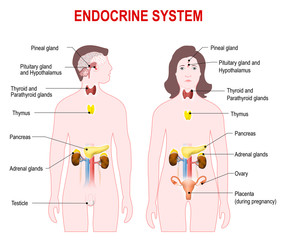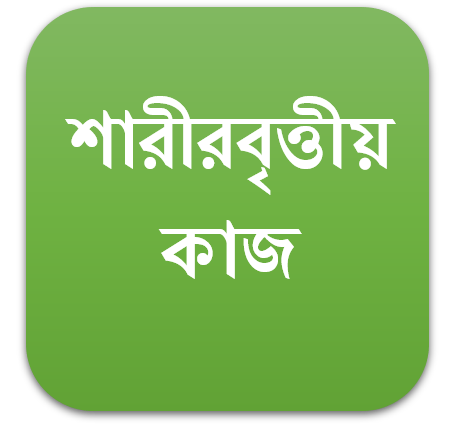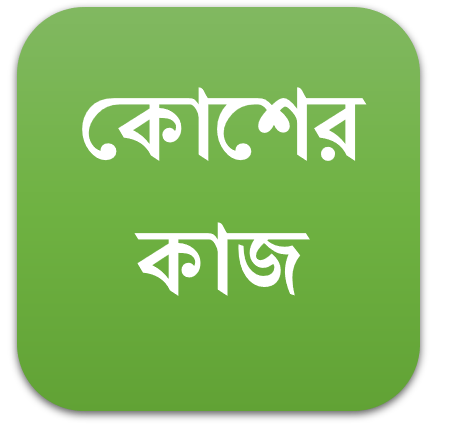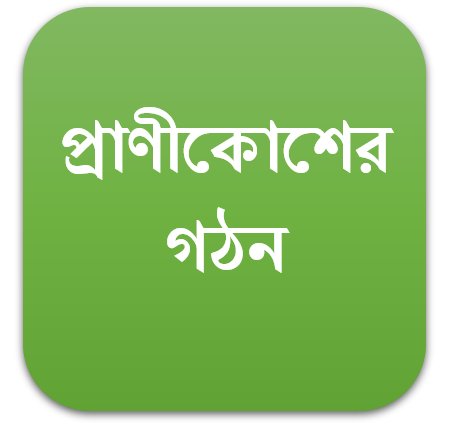-
A
Connect bones to muscles
-
B
Connect bones to ligaments
-
C
Connect muscles to ligaments
-
D
Connect cartilage to bones
A
Answer:
A
Tendons play a crucial role in the human body by connecting muscles to bones. They are responsible for transmitting the force generated by the muscle to the bone, resulting in movement. Tendons are composed of strong collagen fibers that are arranged in parallel bundles to provide strength and flexibility.
Tendons are strong fibrous tissues that attach muscles to bones, allowing for movement and stability. They are made up of collagen fibers and can withstand tension and stress.
The structure and function of tendons make them essential in many daily activities such as walking, running, and lifting objects. Additionally, tendons are important in the maintenance of posture and stability of joints.
Without tendons, our bodies would not be able to perform many tasks that we take for granted.Injuries to tendons are common and can be caused by overuse, trauma, or degeneration.
Tendonitis, for example, is a common condition that occurs when a tendon becomes inflamed. Treatment options for tendon injuries include rest, physical therapy, medication, and in severe cases, surgery.
In conclusion, tendons play a critical role in the functioning of the human body by connecting muscles to bones and enabling movement and stability. They are essential for everyday activities and their health and function should not be taken for granted.
 Integumentary system
Integumentary system  Embedded system
Embedded system  Endocrine system
Endocrine system  জীবদেহের গঠন
জীবদেহের গঠন  কোশের আকৃতি
কোশের আকৃতি  মানুষের দেহের কোশের আকৃতি
মানুষের দেহের কোশের আকৃতি  বিভিন্ন শারীরবৃত্তীয় কাজ
বিভিন্ন শারীরবৃত্তীয় কাজ  উদ্ভিদদেহে ও প্রাণীদেহে কোশের কাজের বিশেষত্ব ও কলার প্রকারভেদ
উদ্ভিদদেহে ও প্রাণীদেহে কোশের কাজের বিশেষত্ব ও কলার প্রকারভেদ  প্রাণীকোশের গঠন
প্রাণীকোশের গঠন